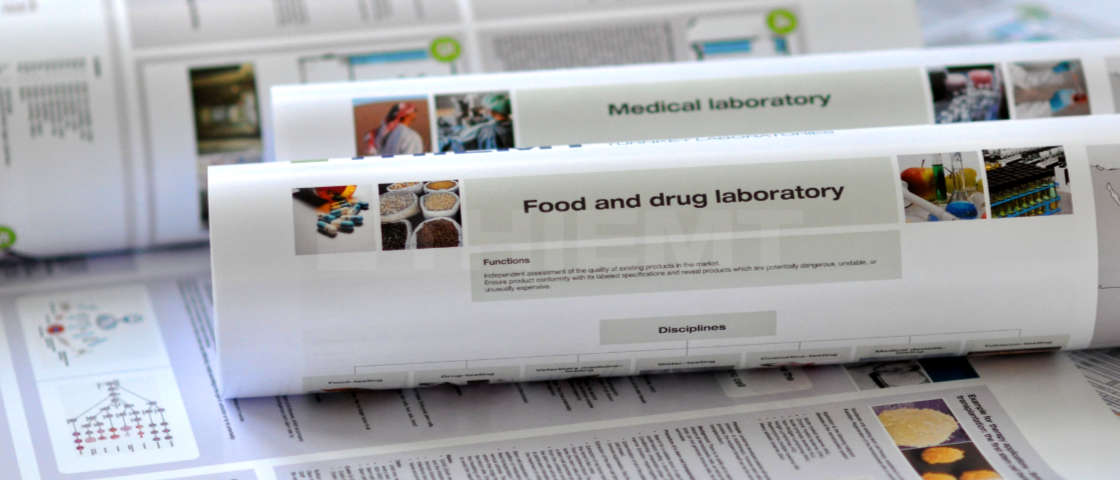Front-End Engineering and Design
Planning of laboratories within large scale projects
FEED – Front End Engineering Design – is a special form of preliminary and detailed planning, which usually is applied for large scale projects (example).
The planning and implementation of large scale projects, like for example the construction of chemical plants or refineries, takes many years; the investment partially exceeds the 10 billion EUR limit. During the implementation of large scale projects, actually three items are essential: first of all a complete and accurate preliminary planning; secondly the performance of the detailed planning, and the implementation of it under exact compliance of the preliminary planning, thirdly the exact compliance of the original planning.
Deferments, caused by incorrect planning or rescheduling, imperil the complete project. Error deletion and rescheduling can cause out of scale costs of many millions. Hence for a smooth construction, it is important to possess a very exact and special preliminary and detailed planning.
The laboratory as part of a project
Manufacturing plants consist of many diverse lots – for a wholistic planning, interdisciplinary competences have to be pooled. The laboratory is only a small lot within the large scale project, which in itself, consists of six main fields.
THIEMT also plans and implements turnkey laboratories for such large scale projects. From the standard operation procedures of the quality management, the complete laboratory organization, through the supply and installation of laboratory equipment and laboratory furniture, to the implementation of the laboratory building.
The capital spending proportion of the laboratory, respectively the quality management for the direction and control of production facilities, generally ranges within per mill area. And yet it is a very important lot – no production facility can be operated without knowledge about the parameters of the raw-, auxiliary-, intermediary and end-products.
Planning as FEED or as “normal” preliminary planning
Within a “normal” project, the planning of the single lots, usually will be assigned to sectoral planners. These in turn, as a project team, are guided by the project management. The respective sectoral planner is responsible for the sectoral planning. In some projects, an internal or external consultant provides advice – he checks the planning for mistakes and feasibility. Depending on the size of the project, this is done randomly.
Within an FEED usually independent sectoral planners are chosen for each lot. These are face to face with the team of experts of the employer or user. The team of experts then checks each technical preparation, each planning, and each draft of the sectoral planners. Each of these elements has to be released or has to be revised for the release. By this consequent dual handling, you will get a very exact preliminary planning, and the risk of a later rescheduling drops. A further task of the FEED is to identify the project key drivers, which can influence the performance of the project essentially.
The performance of the FEED usually ends with the outline planning or, according to the project, with the licence planning. Within the FEED the cost estimate, contrary to usual planning, is plus/minus 10%. Following, according to the project, the implementation planning will be conducted by a respective sectoral planner or a consultant, or the project will be transferred to the implementation within an EPC project.
THIEMT, according to the project, acts as general planner, conducts the project management or implements it as a turnkey project.
